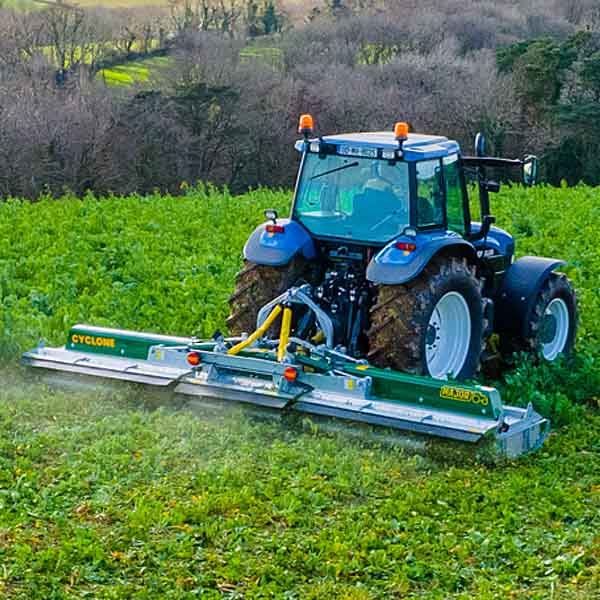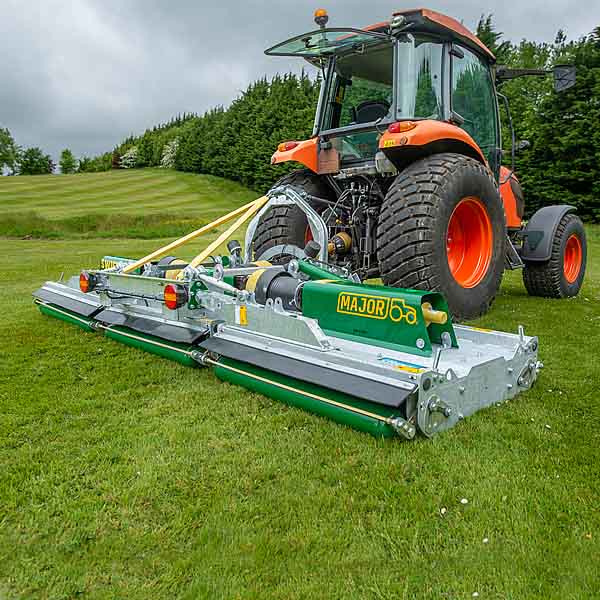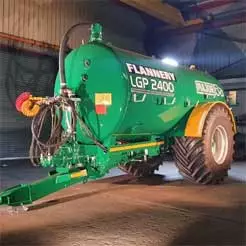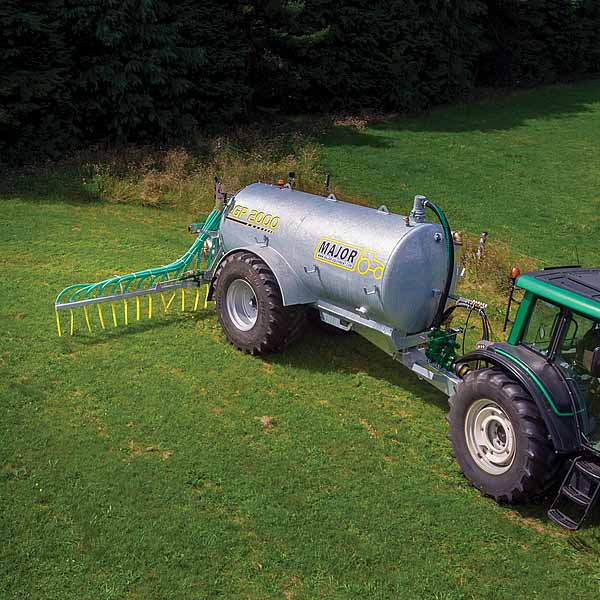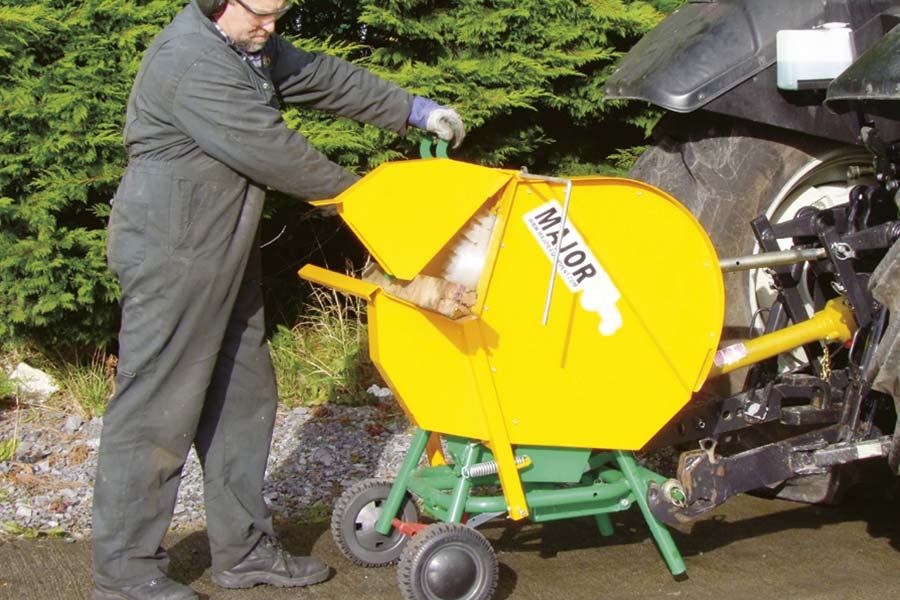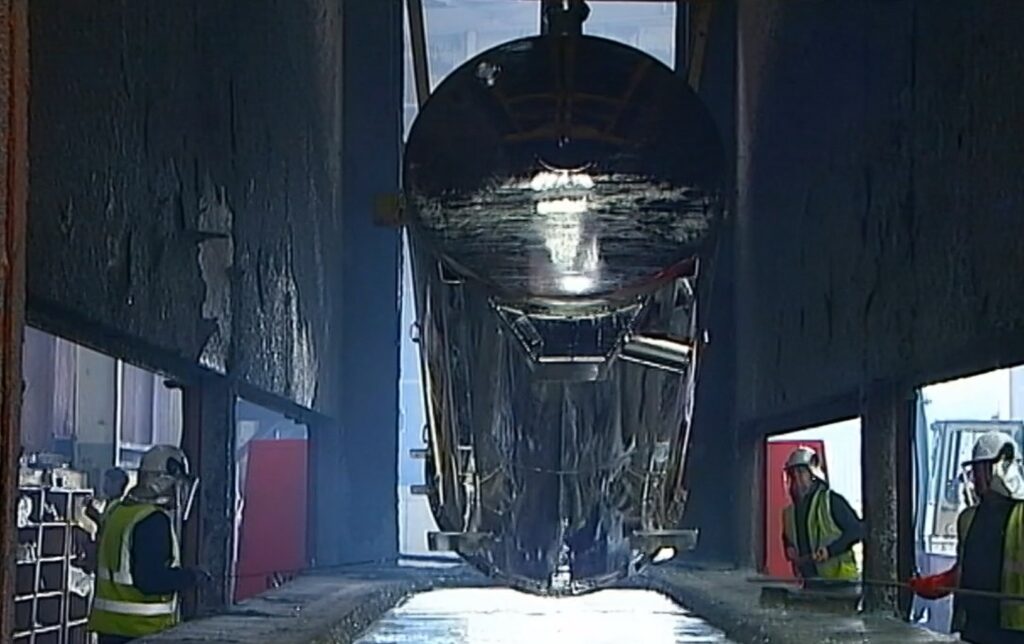Galvanising is widely regarded as the ultimate form of corrosion protection. Buildings, bridges, utilities and many external structures use steel components dipped in molten zinc to resist corrosion for several decades.
“We’ve used galvanised steel for our slurry tankers for many years,” begins Martin Keane, General Manager at Major Equipment. “These tankers are working in corrosive environments and the galvanisation process adds several decades of life expectancy over painted products. We design and construct our products to last longer than ordinary machinery, so a galvanised finished as a standard ensures our customers are getting a durable, premium product.”
Galvanisation is also standard on MAJOR mowers. Ordinary steel working in wet conditions will rust and become unstable, resulting in poor reliability and limited life expectancy. Mowers working in areas sprayed with fertiliser or herbicides are also susceptible to corrosion.
“Farmers have to work in the wet weather we frequently get in Ireland. And if they’re working near the coast, they have to deal with the salty sea air, too. These conditions make machinery deteriorate more quickly,” continues Martin Keane. “So we started using better steel and galvanising our products to improve performance and increase their lifespan.”
MAJOR mowers are built with high-performance Strenx™ 700 MC structural steel, which is stronger yet lighter than standard steel. The high yield strength of Strenx™ increases capacity, resistance against fatigue and stability against vibration. Combined with hot-dip galvanisation, MAJOR mowers will outlive ordinary mowers, therefore providing the ultimate return in terms of performance and investment.
What is hot-dip galvanising?
The hot-dip galvanising (HDG) is a multi-stage process. First, the steel product must be prepared. All dirt and contaminants are degreased and caustically cleaned. Then, the steel is “pickled” – steel is immersed in an acid bath to remove mill scale and iron oxides. Next is surface preparation called “fluxing” where any remaining oxides are stripped using a zinc ammonium chloride solution to form a protective layer before the steel goes to the next stage.
The fully prepared steel is immersed in a “zinc kettle” of molten zinc at a temperature of around 450-degrees Celsius (842-degrees Fahrenheit). A metallurgical reaction between the iron and the zinc creates a zinc-iron alloy coating that is permanently bonded in this “kettle”. The zinc coats inside and outside surfaces ensuring total protection from corrosion.
Finally, each piece is thoroughly inspected before being sent for final assembly.
Premier Galvanisation Partner
Major Equipment entrusts Shannonside Galvanizing, one of Ireland’s premier galvanising companies, for its galvanised steel. The Co. Limerick company has over 20 years of experience in HDG, shot blasting and applying protective coatings. The company also houses the largest HD bath from its Drombana plant outside Limerick City.
“Our HD bath measures 12m long by 2m high by 3.2m deep, which easily holds a 5000-gallon Major tanker,” says Dermot O’Brien at Shannonside. “As specialists operating to EN ISO 1461 specifications, the highest galvanisation standard available, we can offer a range of cost-effective options that meets quality requirements.”
“Galvanised tankers account for 80% of our tanker production so we need quality, reliability and consistency, and Dermot and his team always delivers,” continues Martin Keane. “I have no problem recommending Shannonside – they have the expertise, knowledge and capacity to deliver what we require.”

